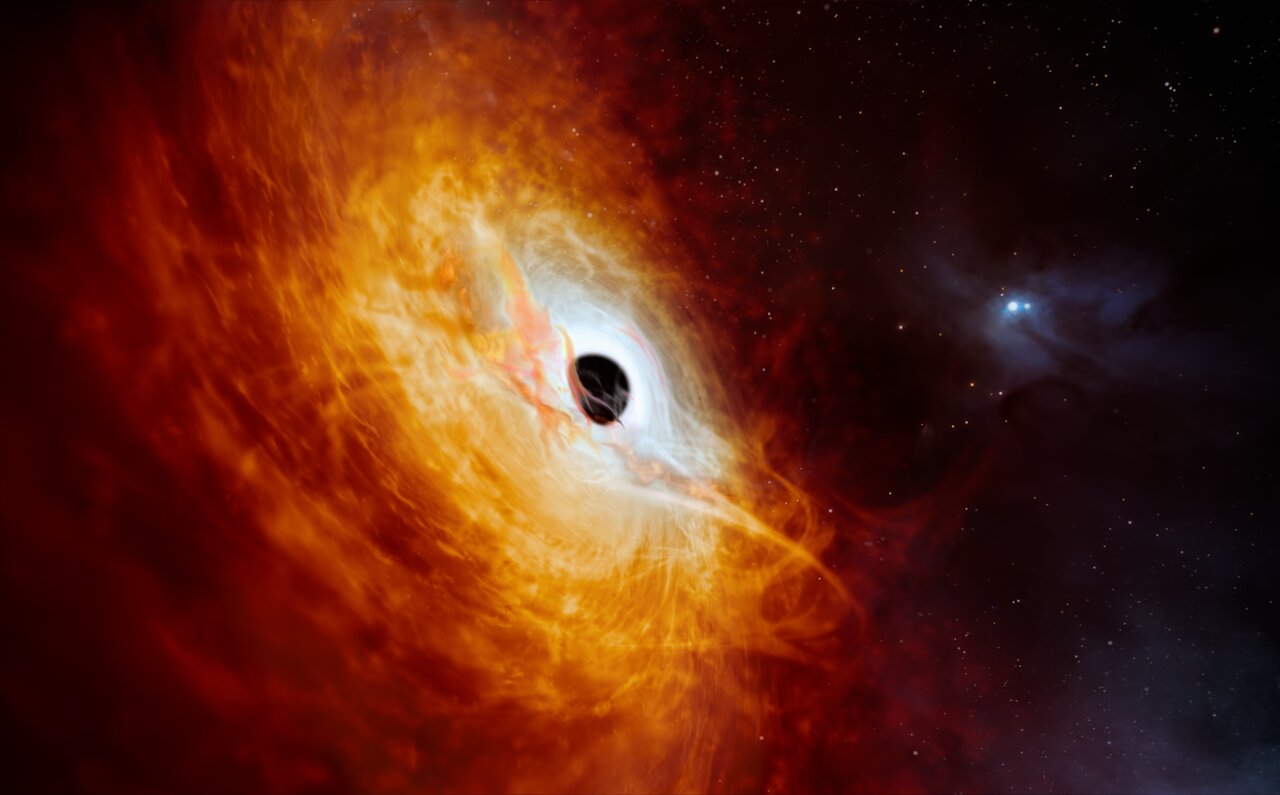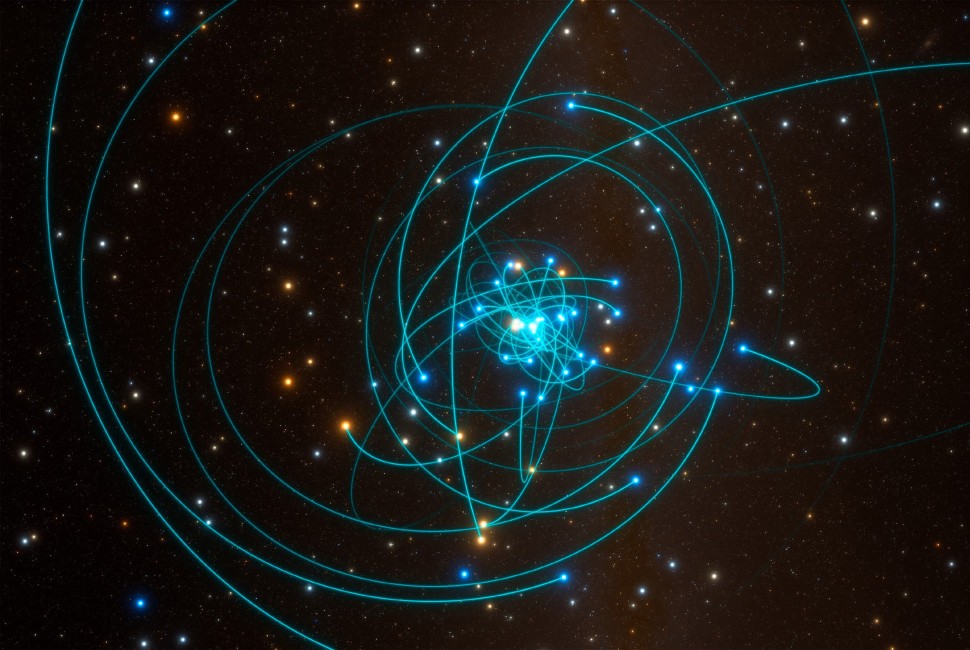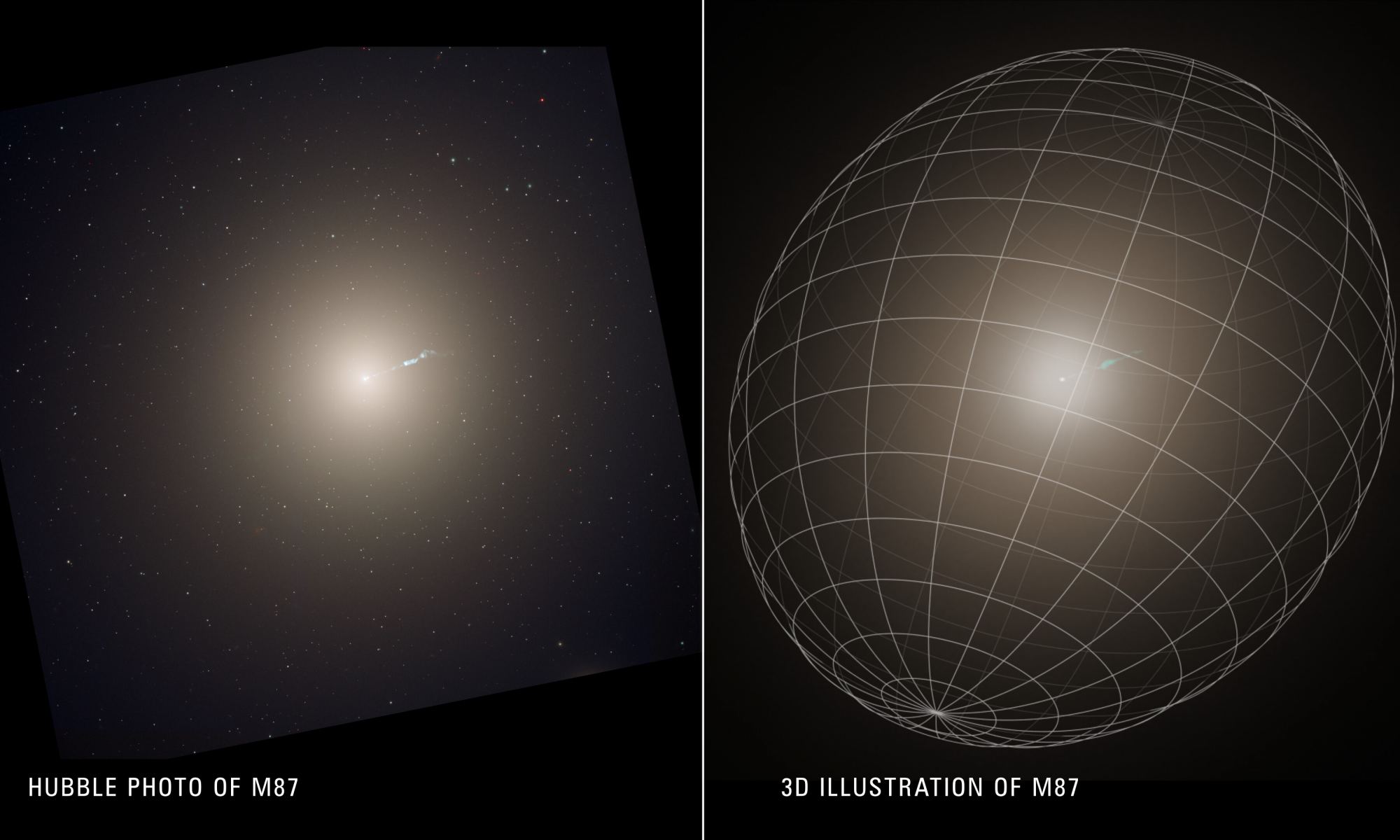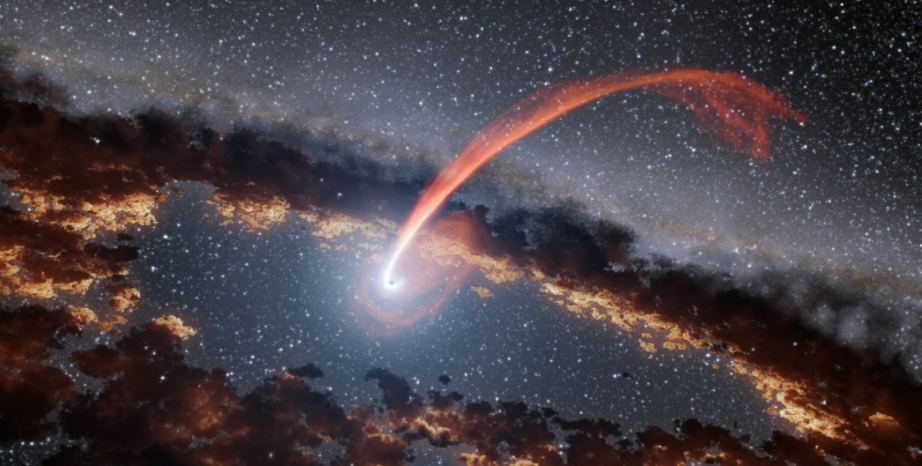Some Supermassive Black Holes (SMBHs) consume vast quantities of gas and dust, triggering brilliant light shows that can outshine an entire galaxy. But others are much more sedate, emitting faint but steady light from their home in the heart of their galaxy.
Observations from the now-retired Spitzer Space Telescope help show why that is.
Continue reading “Not All Black Holes are Ravenous Gluttons”









